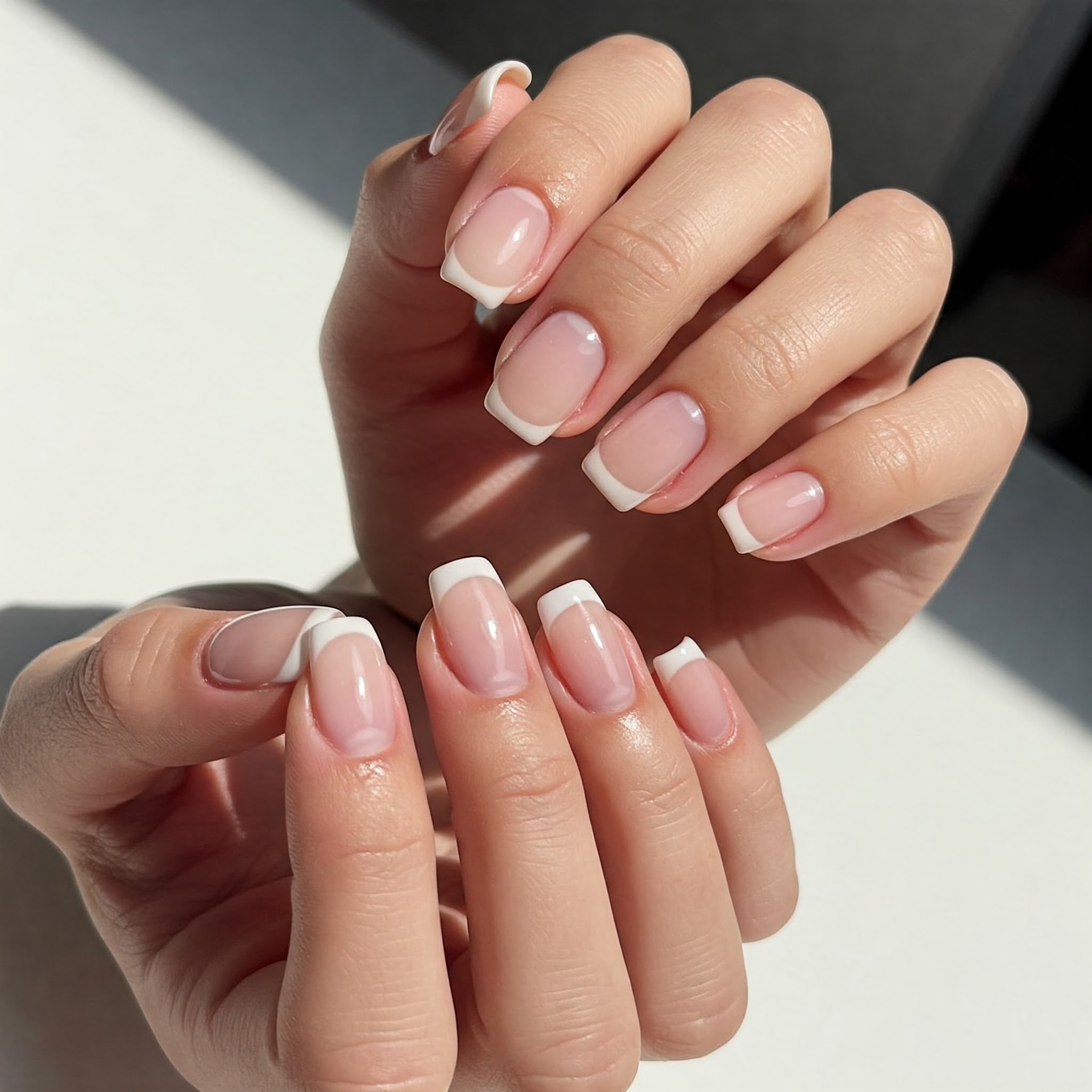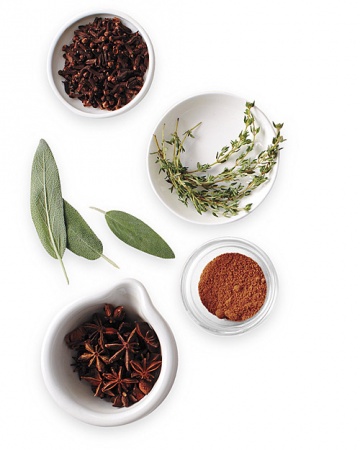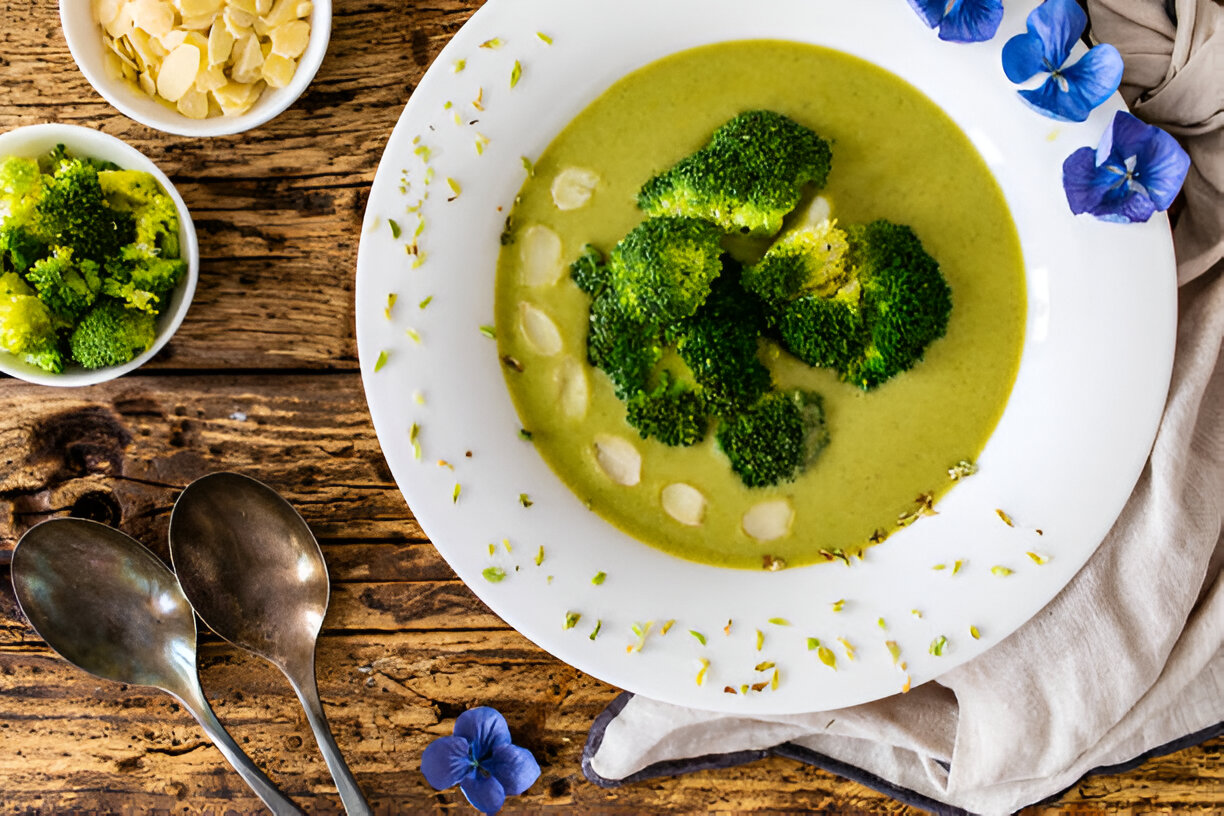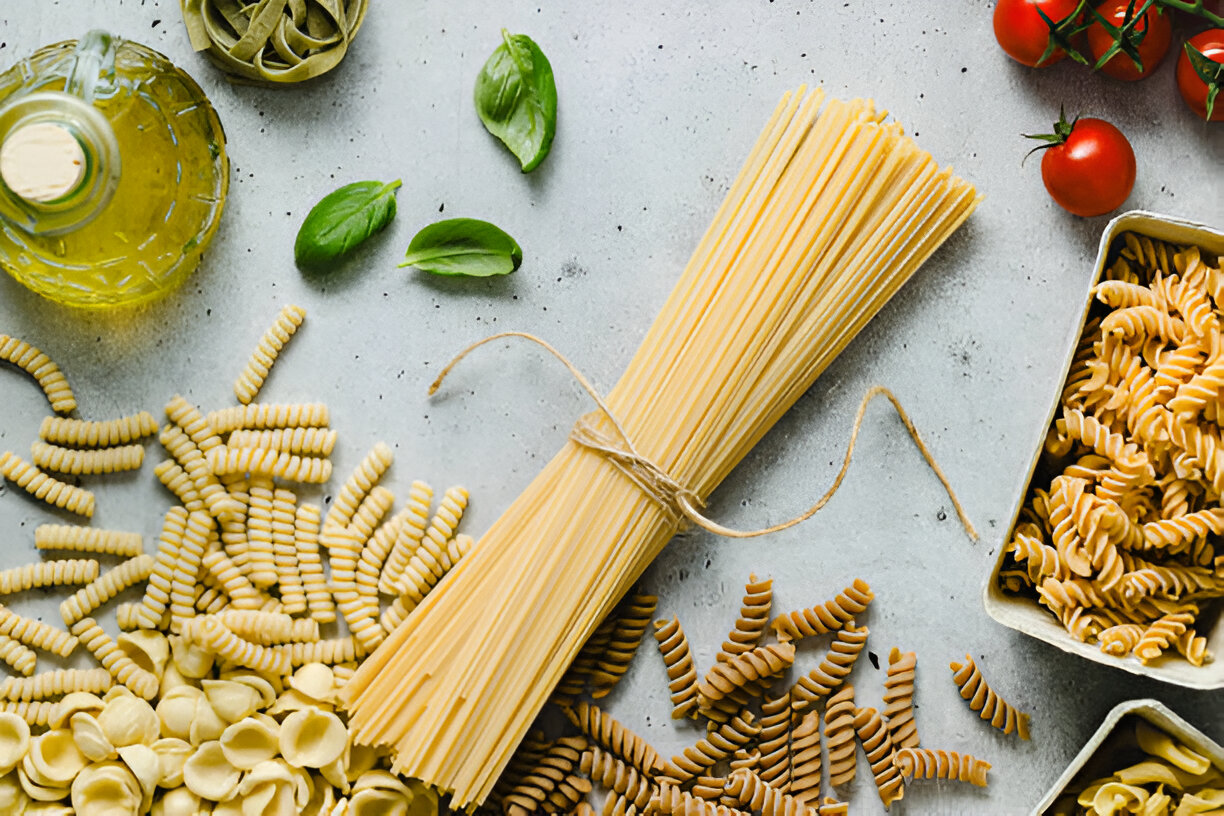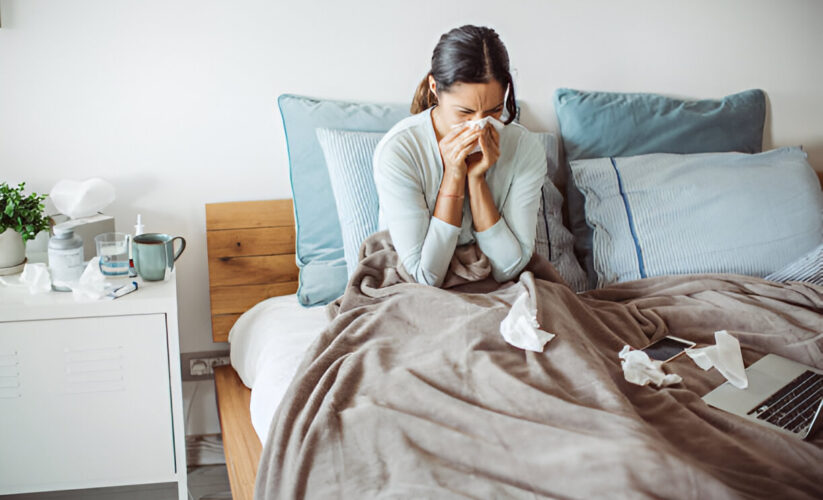
As with prevention, treating colds and flu involves gathering key herbs, adding a few extra items to your grocery list, and prioritizing self-care. When you’re achy, exhausted, and ready to buy stock in Kleenex, here’s how to feel better.
In the Medicine Cabinet
Shorten sickness

Arizona-based integrative physician Brian Becker, M.D., and herbalist Rosemary Gladstar — founder of the California School of Herbal Studies and author of more than a dozen books on herbal medicine, including “Rosemary Gladstar’s Family Herbal” — recommend the same two herbs for this purpose: echinacea for colds and elderberry for flu. Although evidence is mixed, small studies have suggested that both may help cut the duration of illness and lessen its severity. For this reason, start any basic cold or flu treatment plan with one of these herbs.
Soothe Your Symptoms

Slippery elm lozenges and the herbs goldenseal and eucalyptus can help relieve uncomfortable symptoms, say Gladstar and Becker. Traditionally used by herbalists for its soothing properties, slippery elm can help ease the discomfort of a sore throat. Add a goldenseal gargle to your sore-throat regimen; it has antimicrobial properties, and preliminary research suggests that one of its compounds may relieve inflammation. (Look for cultivated varieties of both goldenseal and slippery elm, as these herbs have been over-harvested in the wild.) Eucalyptus essential oil, used as a steam, works as an expectorant, loosening mucus in your chest and sinuses.
In the Kitchen
Sip some Soup

Hot liquids such as good old-fashioned chicken soup can help soothe a sore throat, open sinuses with steam, and replace fluids lost to mucus production and fever. There’s even evidence that chicken soup contains anti-inflammatory compounds that help relieve symptoms.
Have a cup of tea

Like soup, hot tea (black, green, or herbal) helps ease throat pain and clogged sinuses. For a comforting medicinal tea, simmer grated ginger and water, and then add lemon juice (for its immune-boosting vitamin C), a pinch of cayenne (to ease congestion), a mashed clove of garlic (for its antimicrobial properties), and honey to taste.
In Your Life
Make a happy sick room

When you’re sick, your bedroom can begin to look and feel like a stagnant, tissue-laden dungeon. Instead, says Gladstar, try “seducing your spirit back to wellness.” Fresh flowers and a few drops of your favorite essential oil on your sheets can go a long way toward brightening your mood and removing “sick” smells; try lavender or clary sage. Keep all healing essentials at your bedside: tissues and herbs, a cold cloth (if you’re feverish), warm blankets (if you’re chilled), your favorite CDs and DVDs, and a stack of reading material.
Listen to your body

You want to recover quickly: Should you camp out on the couch or stay active? It’s individual, says Becker, but in general, you should lay low and let your immune system fight the illness for the first 48 hours. So don’t feel guilty for taking sick days. “Your body will let you know” when you’re ready to rejoin the world, says Gladstar.
Reach out

Just because you’re sick doesn’t mean you need to be a hermit — or a martyr. Don’t be afraid to ask for help if you need it. You’ll feel better faster if you don’t push yourself, and having a loved one nearby will mend your mood.





